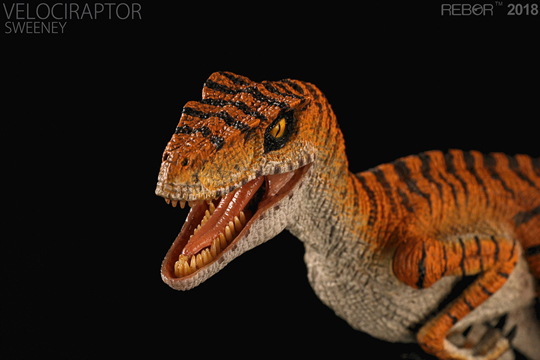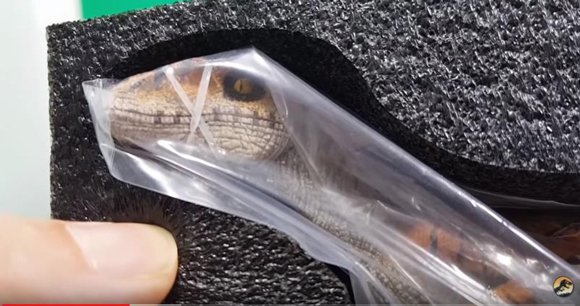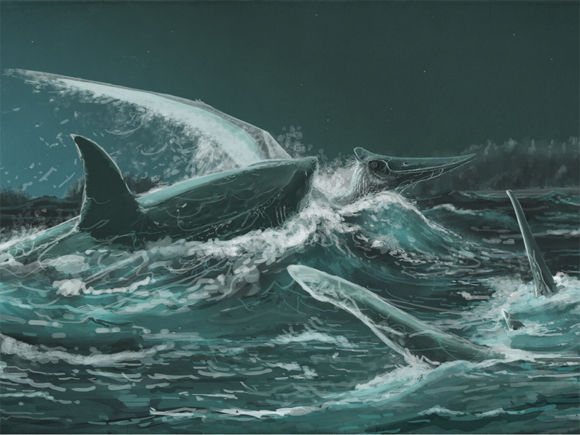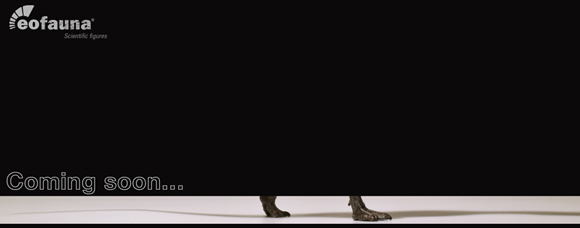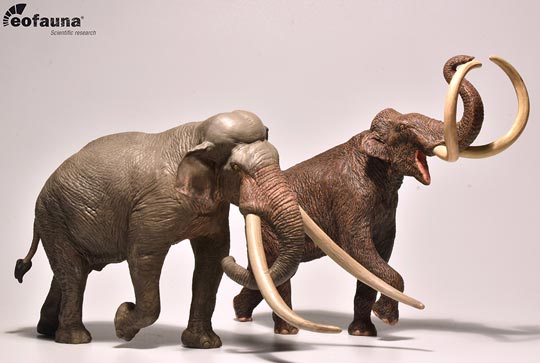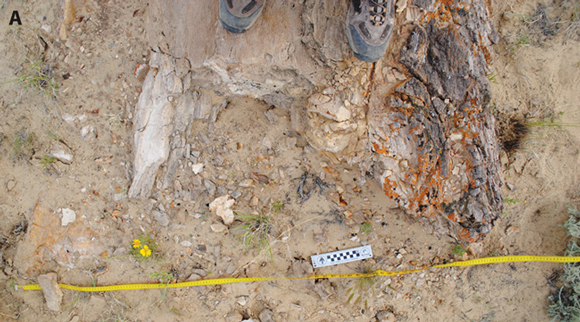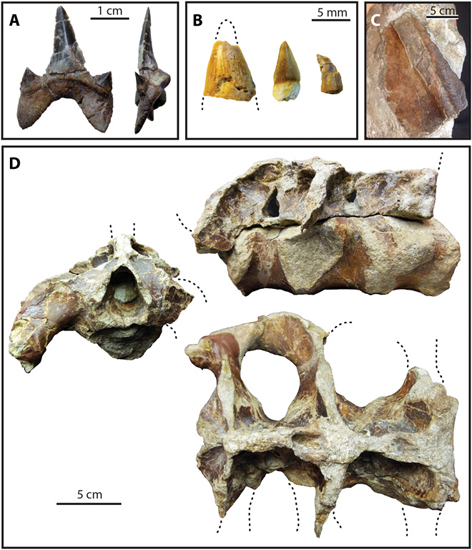Rebor “Sweeney” Velociraptor Reviewed by JurassicCollectables
JurassicCollectables Reviews Rebor “Sweeney” Velociraptor Model
Those clever and talented people at JurassicCollectables have been reminiscing about the film “Jurassic Park” and in a homage to the second film in the franchise “The Lost World”, they have produced a video review of the Rebor 1/18th scale Velociraptor model “Sweeney”. A dromaeosaurid figure that would have looked very much at home chasing visitors to Isla Sorna in the second instalment – “stay out of the long grass”, as Dr Ian Malcolm (Jeff Goldblum) might say!
JurassicCollectables Reviews the Rebor Velociraptor Model “Sweeney”
Video credit: JurassicCollectables
An Unboxing and Video Review of the Rebor “Sweeney” Velociraptor
In this highly informative video review (it lasts a little over eight and a half minutes), the narrator unpacks the Velociraptor figure and then takes us on a tour of this beautifully crafted model. It is great to see a focus placed on the packaging, the Rebor products have a very distinctive look about them and the packaging is excellent. The narrator takes care to show the back of the box, as the “Sweeney” packaging features all the other Velociraptor figures that Rebor has made previously. They make a wonderful collection.
The Reverse Side of the Packaging is Shown Revealing the Range of 1:18 Scale Velociraptor Replicas
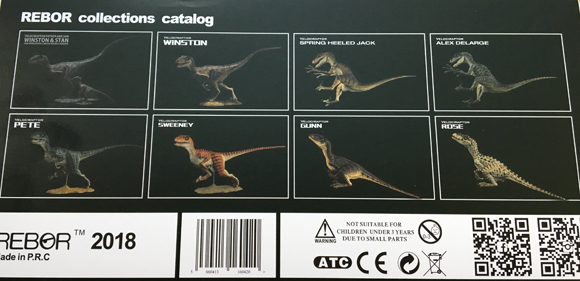
Picture credit: Everything Dinosaur
The commentator states that this figure has a colour scheme that is similar to the colouration of the Velociraptors seen in “The Lost World” and muses on the prospect of being able to depict a key scene from the film by building a long grass chase prehistoric diorama using the Rebor “Sweeney” figure as the centrepiece.
The Rebor 1:18 Scale Velociraptor Replica “Sweeney”
For prehistoric animal models and toys, visit Everything Dinosaur: Everything Dinosaur.
Translucent Teeth on the Velociraptor Model
In the video, the viewer is treated to a close-up view of the articulated jaw and the inside of the mouth of this stunning figure. The interior of the mouth has been given a high gloss so it has a realistic wet-look about it, even the tongue can be seen to glisten in the video. The narrator comments on the paint job on the teeth. He extols their translucent appearance and praises the sculpture for its attention to detail when it comes to depicting the business end of these speedy carnivores.
JurassicCollectables post up lots of amazing videos and content on their YouTube channel, Everything Dinosaur recommends that you subscribe.
To visit JurassicCollectables on YouTube: Subscribe to JurassicCollectables.
The vertical slit pupil in the eye is also discussed, this is the sort of pupil shape seen in cats which are largely nocturnal. Crocodilians have this pupil shape too, the inference is that Velociraptor was a hunter in low light or at night. There is no scientific data to support this idea, but many small, cursorial predators today are nocturnal so why not Velociraptor?
The Wet-Looking and Glossy Mouth of the Rebor Velociraptor Figure “Sweeney”
A Muzzled Velociraptor
One of the highlights of this video review is the section which shows how carefully the Velociraptor figure has been wrapped. It sits inside its foam packaging and even the jaw has been taped up to prevent it getting jarred or damaged in transit. Such attention to detail helps to elevate the Rebor brand and the Velociraptors with their movie-going looks make great additions to any dinosaur model collection.
A Muzzled Velociraptor – Collectors and Dinosaur Model Fans Can See How Well Protected the Velociraptor Is
Picture credit: JurassicCollectables
To view the entire range of Rebor prehistoric animals available from Everything Dinosaur: Rebor Prehistoric Animals and Dinosaurs.



